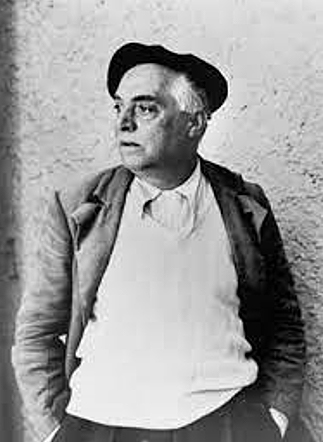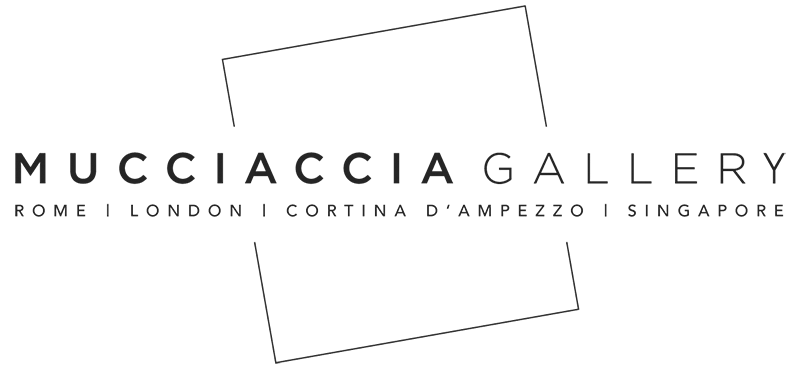Carlo Carrà
The artistic evolution of Carlo Carrà perfectly embodies and illustrates the history of Italian art from the first half of the 20th century.
Carlo Dalmazio Carrà began studying art at the young age of twelve, embarking on his first artistic career as a decorator in Valenza between 1904 and 1905.
In 1900, he travelled to Paris to decorate the pavilions of the International Exhibition. This opportunity allowed him to study the painters of the Grande Ecole Française of the 19th century and Impressionism.
Following this Parisian trip, he went to London, where he studied the work of artists such as Turner and Constable, being greatly amazed by their use of light in their work.
In 1906, he entered the Brera Academy in Milan, where he met Boccioni and Bonzaghi. After a brief pointillist experience, which he approached due to his political and somewhat anarchic interests, he immersed himself in the modernist atmosphere of his Milanese friends and in 1909 signed the ‘Futurist Manifesto’ with Marinetti and Russolo.
Futurism is Carrà’s first major artistic period. His research into dynamism and colour theory resulted in his masterpieces such as The Funeral of the Anarchist Galli in 1911, Woman on the Balcony in 1912, Plastic Transcendences in 1912
In 1916, just after the end of the First World War, his meeting in Ferrara with de Chirico and De Pisis led him to abandon Futurism and approach Metaphysical poetics. It was with these two artists that he established the theoretical principles of Metaphysical painting.
After a style initially influenced by that of De Chirico, he developed a very personal language with solitary and suspended atmospheres. Perfect examples of this new language are the paintings Mother and Child (1917), The Engineer’s Lover (1921) and The Pine Tree by the Sea (1921). This change led him to approach 14th- and 15th-century art, with references to Giotto and Masaccio.
From 1918, he began writing for the magazine ‘Valori Plastici’, so it is not surprising that in 1920 he began to paint according to the strict terms of the Novecento Italiano, also taking part in the 1926 and 1929 exhibitions at the Palazzo della Permanente in Milan.
Carrà continued to paint frantically until his death in 1966 in Milan following an illness.


